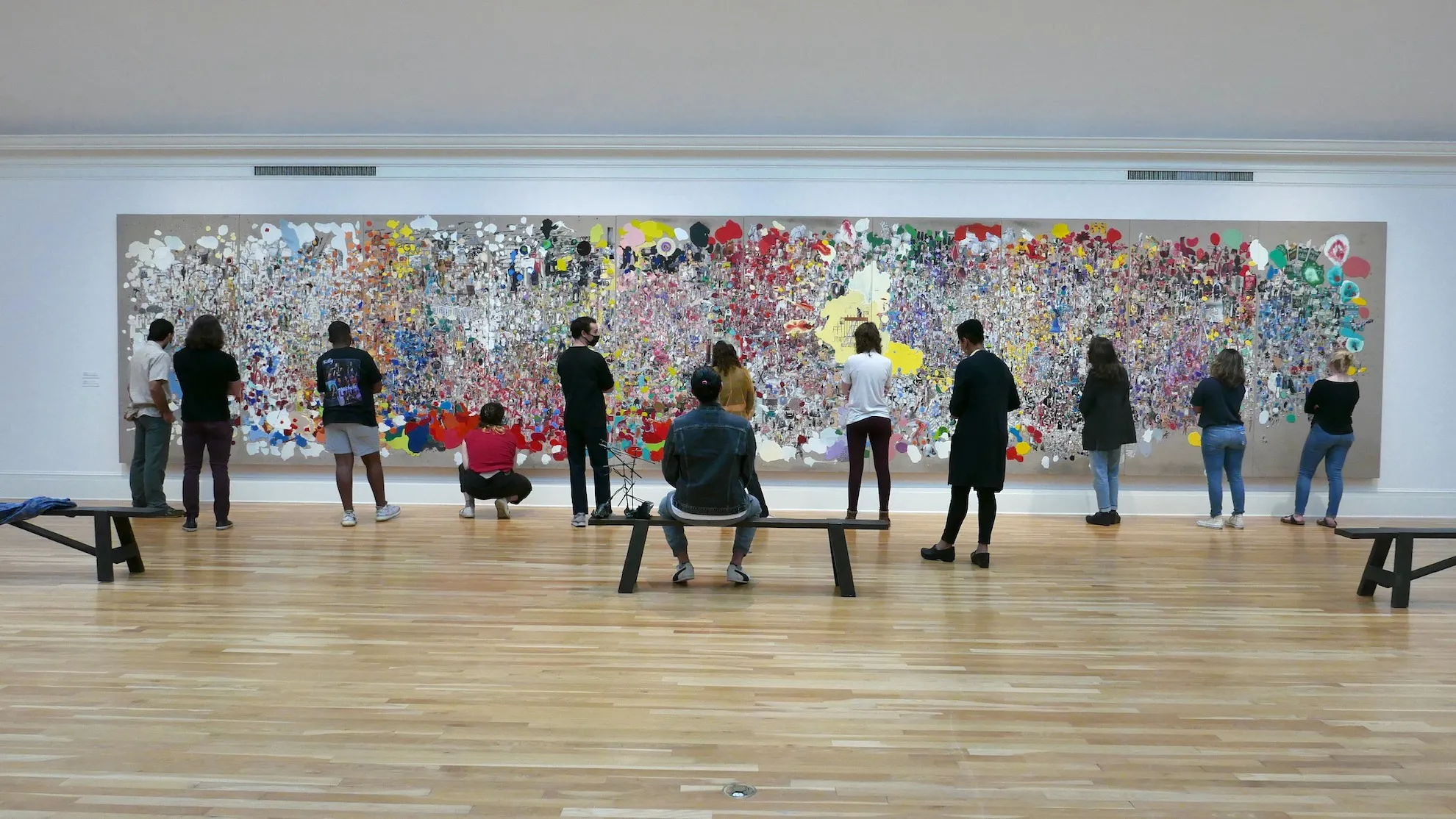The History of Art program, which has grown in size and scope in recent years, offers courses of study leading to both undergraduate and graduate degrees. Our energetic and committed students make art history one of the most popular undergraduate majors in the School of Liberal Arts. Enriching the scholarly environment, our graduate students prepare for advanced study and careers in teaching, and professional positions in museums, auction houses, galleries, and elsewhere in the wider world of the fine arts.
The discipline of art history imparts visual and intellectual skills for apprehending and understanding artworks past and present. It opens up historical and cultural contexts for critical readings of works of art and architecture. It discloses how objects and spaces were conceived, produced, and functioned, as well as how they were discussed and valued over time, and how they themselves became active agents of culture. In reading and thinking critically about art objects, our students learn how to conduct research, analyze visual and written sources, and develop cogent arguments delivered orally and in writing.
Art history at Tulane is a global discipline, with particular strengths in the arts of Latin America, nineteenth-century and early modern art. Art history shares many scholarly pursuits within the humanities, including history, language and literature, film, theatre and dance, and architecture.
In a tradition going back to 1972, the Art History faculty each year awards the Henry Stern Prize to the undergraduate who has written the best paper on an art historical topic. The highlight is the winner’s presentation of the paper to the university community at the end of the academic year. Previous winners and their topics are listed on the Henry Stern Prize page.


